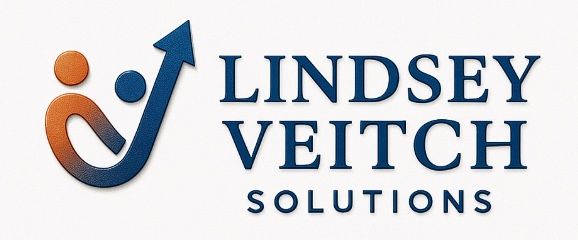Improving Client Onboarding Processes: A Step-by-Step Guide
Improving client onboarding processes is crucial for businesses looking to enhance customer satisfaction and retention. A seamless onboarding experience not only sets the tone for a long-lasting relationship but also helps in establishing trust and credibility. In this guide, we'll explore a step-by-step approach to optimizing your client onboarding processes.
Understanding the Importance of Client Onboarding
Client onboarding is the initial phase of the client-business relationship where expectations are set, and the necessary tools and information are provided. A well-structured onboarding process ensures that clients feel valued and supported, leading to higher satisfaction and reduced churn rates.
By investing in a robust onboarding process, businesses can achieve increased client engagement and loyalty. It allows you to address potential issues early and tailor your services to meet specific client needs.

Step 1: Define Clear Objectives
Before embarking on improving your onboarding process, it's essential to define clear objectives. Determine what you aim to achieve through onboarding, such as reducing the time it takes for clients to see value or increasing the number of product features they utilize.
Having well-defined objectives will guide your efforts and provide a benchmark for measuring success. Align these goals with your overall business strategy to ensure consistency and effectiveness.
Step 2: Streamline Communication
Effective communication is the cornerstone of a successful onboarding process. Ensure that you have a consistent and clear communication strategy in place. This includes welcome emails, introductory calls, and regular check-ins.
Utilize multiple channels to communicate with clients, such as email, phone, and chat support. This multi-channel approach ensures that your clients can reach you in their preferred method, enhancing their experience.

Step 3: Provide Comprehensive Training and Resources
Equip your clients with the necessary tools and knowledge to succeed. Offer comprehensive training sessions, tutorials, and resources that cater to different learning styles. This could include video tutorials, webinars, or interactive guides.
By providing these resources, clients can better understand your product or service, leading to increased satisfaction and utilization. Make sure these materials are easily accessible and up-to-date.
Step 4: Personalize the Experience
Personalization is key to a memorable onboarding experience. Tailor your approach based on the client's specific needs and preferences. Use data-driven insights to customize communication and recommendations.
Personalized interactions demonstrate that you value the client as an individual, fostering a stronger connection and trust in your brand.

Step 5: Gather Feedback and Iterate
Continuous improvement is vital for maintaining an effective onboarding process. Regularly gather feedback from clients to identify areas of improvement. Use surveys, interviews, and feedback forms to gather insights.
Analyze the feedback and iterate on your processes to better meet client expectations. This proactive approach ensures that your onboarding process remains relevant and effective.
In conclusion, improving client onboarding processes involves clear objectives, effective communication, comprehensive training, personalization, and continuous feedback. By focusing on these areas, businesses can enhance client satisfaction, reduce churn, and foster long-term relationships.
